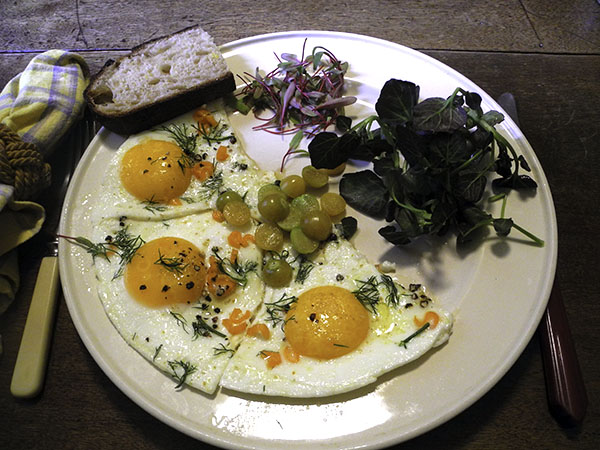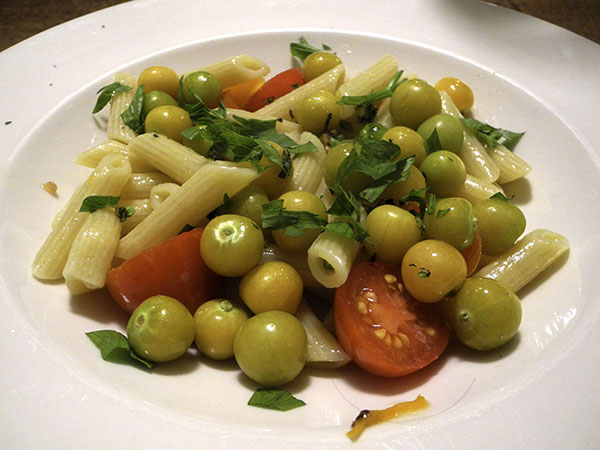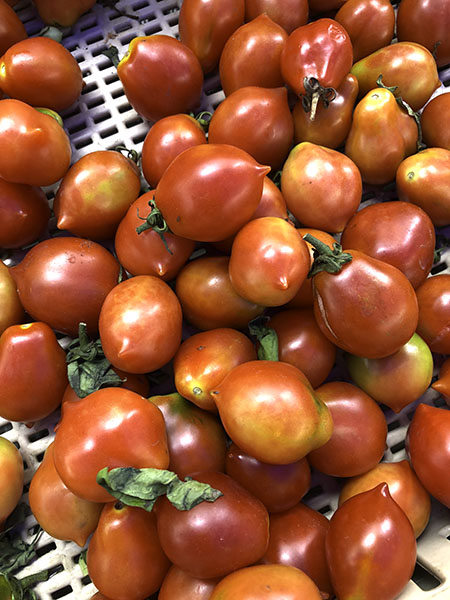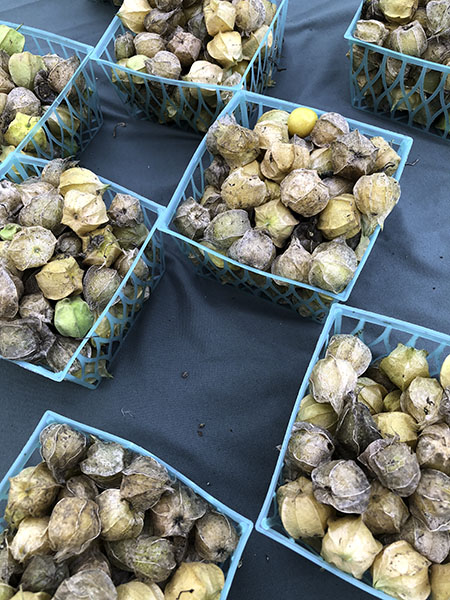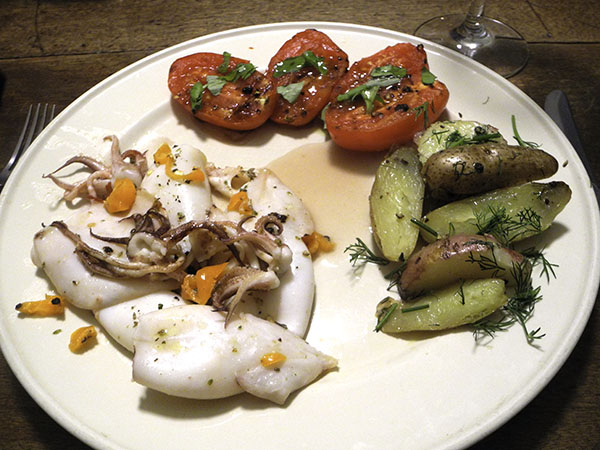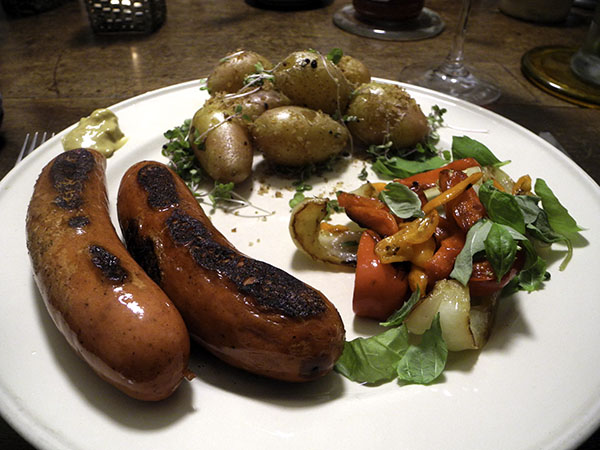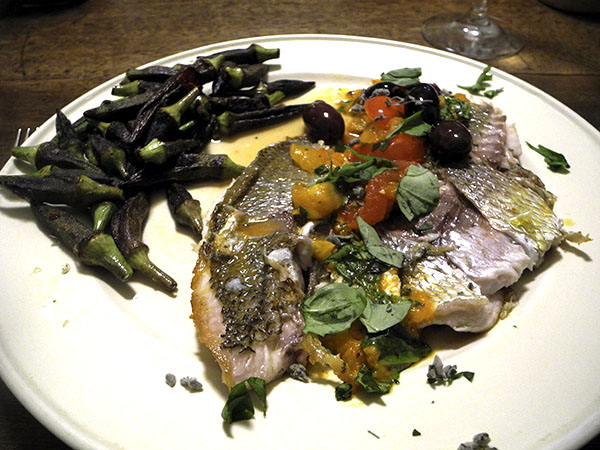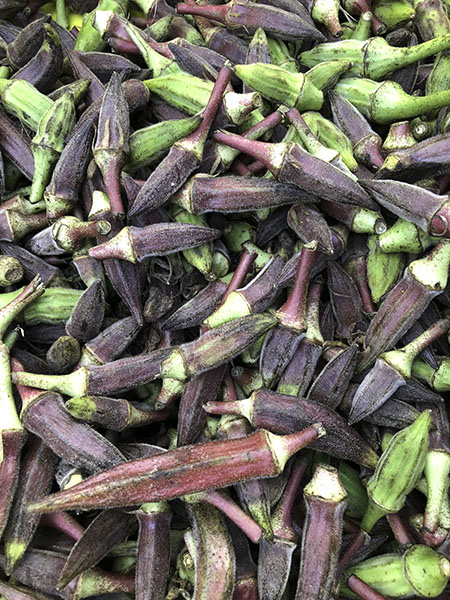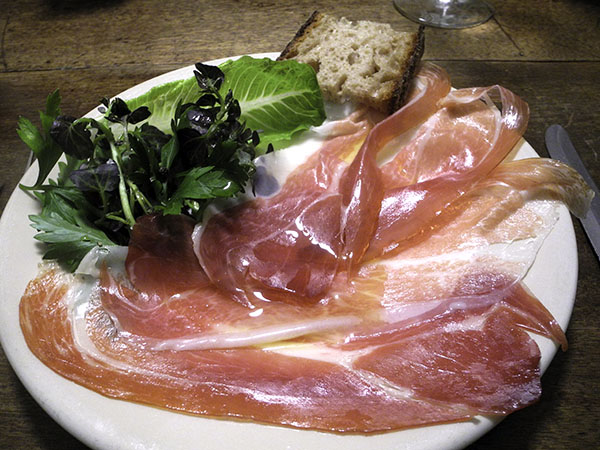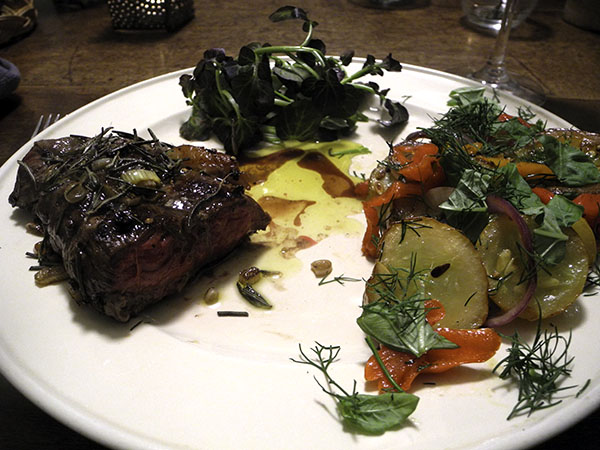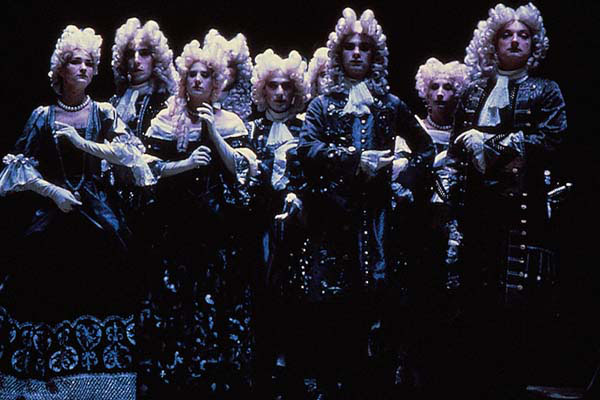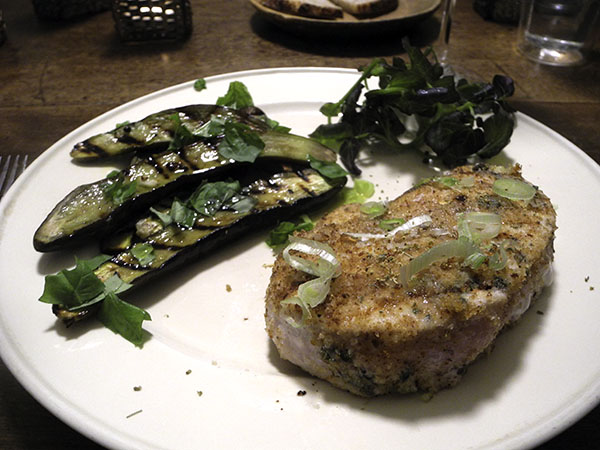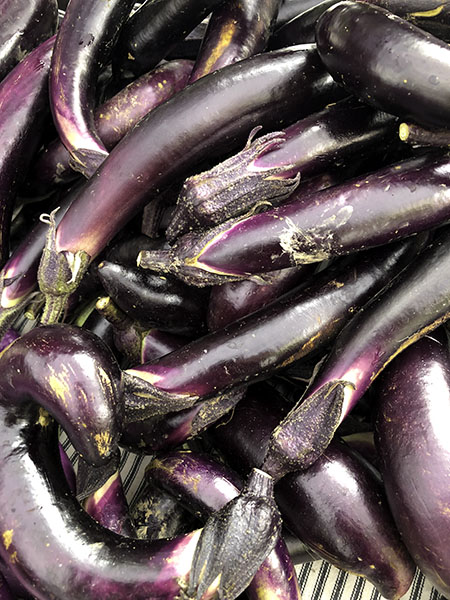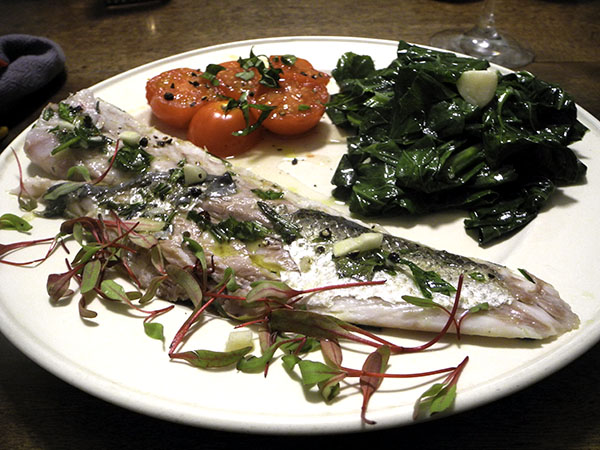
How many names can one fish support?
Cynoscion regalis: I want to call it Squetauge, because I like the sound, because it’s what they call it in Rhode Island, and because it’s what it was called by Americans long before there were any Europeans, Africans, or Asians to name anything.
Weakfish is the name by which it is generally known, I think, but it there are many other ways to designate this excellent eating fish.
My fish monger calls it ‘sea trout’, although it’s no relation to the true trout.
I go through this exercise about fish names a lot, with all sorts of species that we consume at home or elsewhere, but the reason I’m making something of it this time is that while I’ve cooked cynoscion regalis at least 5 times before, ‘sea trout’ didn’t show up on this blog site when I was standing at the fish stand trying to remember what I usually call that fish in the plexiglas window.
- 7 and a half-ounce fillets of Squeteague (aka ‘Weakfish’, Sea Trout, or Ocean Trout) from Pura Vida Seafood Company, marinated for more than half an hour, first in the refrigerator and then on the kitchen counter, in a mix of a fourth of a cup of olive oil, 2 minced cloves of Keith’s Farm rocambole garlic, and 7 different chopped or torn herbs (1 crushed fresh bay leaf from West Side Market, parsley and spearmint from Phillips Farms, rosemary from Willow Wisp Farm, lovage from Quarton Farm, and marjoram buds from Stokes Farm), drained, reserving some of the marinade, then sautéed, or fried, for about 2 minutes inside an antique lightly-oiled (one tablespoon), heavy tin-lined oval copper pan which had been pre-heated to medium-hot, skin-slide down first, then turned and cooked for another minute, arranged on the plates, brushed lightly with a bit of reserved marinade, garnished with micro red chard from Two Guys from Woodbridge
- five really special very ripe Mountain Magic tomatoes, halved, heated inside a small vintage Pyrex blue glass pan in a little olive oil, turning once, seasoned with sea salt, and freshly-ground black pepper,, arranged on the plate garnished with a bit of basil, the gift of Franca Tantillo of Berried Treasures Farm
- one bunch of collard greens from Lucky Dog Organic Farm, stemmed, washed 3 times, drained (some of the water retained and held aside to be added, as necessary, while the greens cooked), cut roughly and braised gently until softened/wilted inside a large, heavy enameled cast iron pot in which 2 cloves of Keiths Farm rocambole garlic had been heated until they had softened, seasoned with salt and black pepper, finished with a small drizzle of olive oil
- slices of a She Wolf Bakery polenta sourdough boule
- the wine was a California (Napa) red, La Tapatia Chardonnay Carneros 2016, from Naked Wines
- the music was Handel’s 1726 opera seria, ‘Scipione’, in a performance by Les Talens Lyriques conducted by Christophe Rousset
